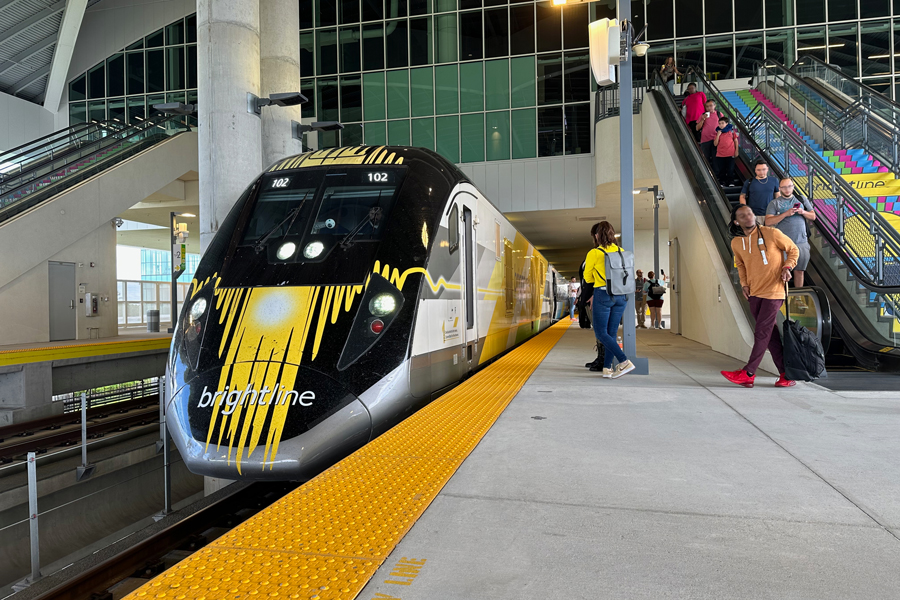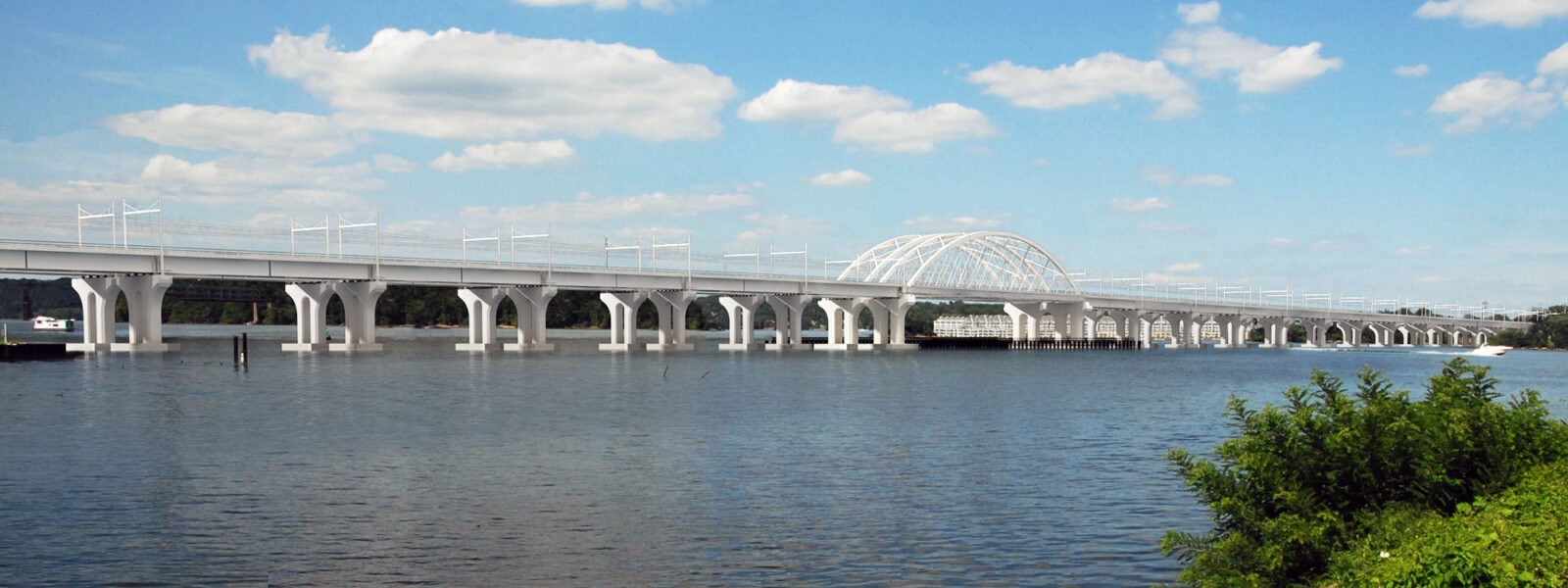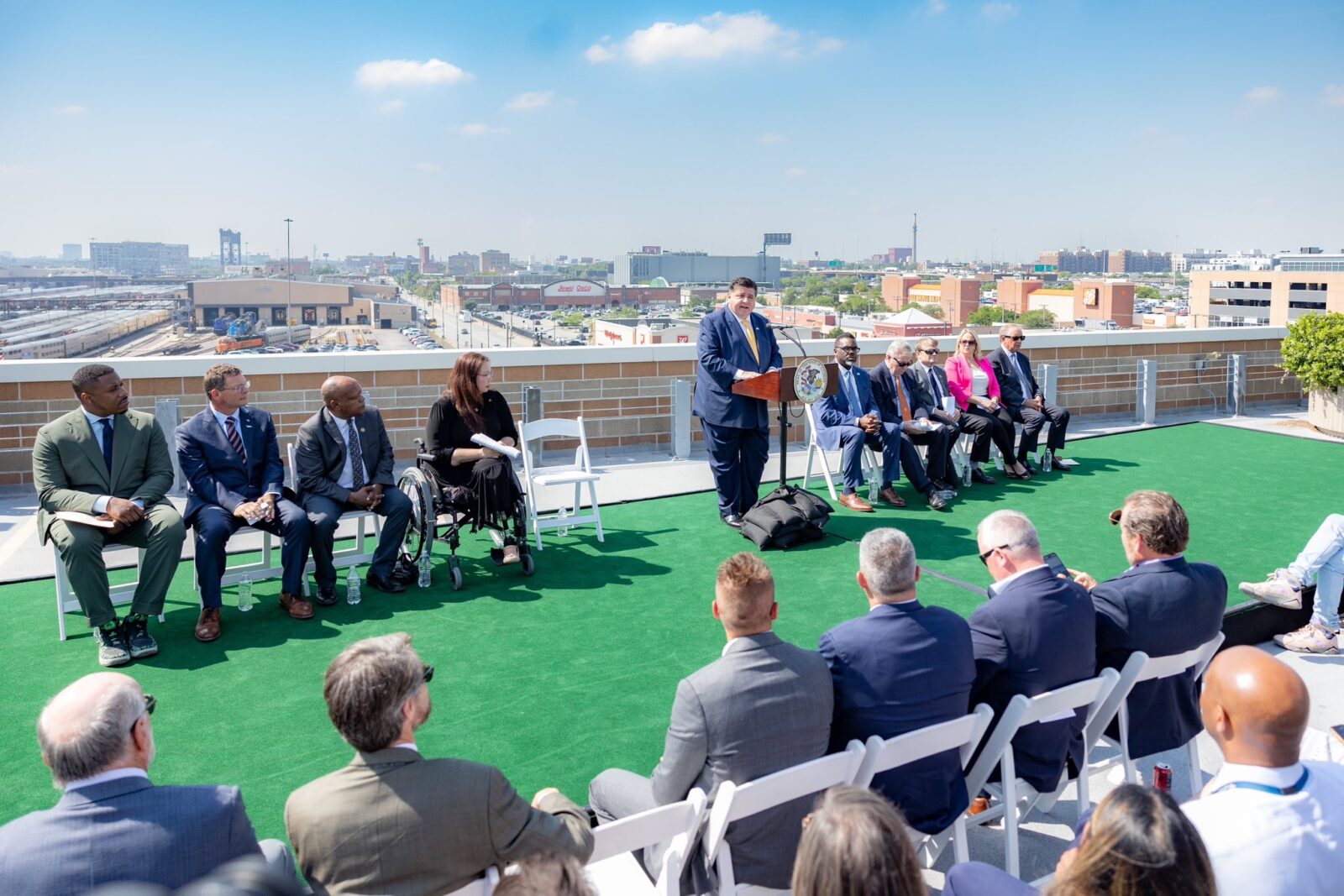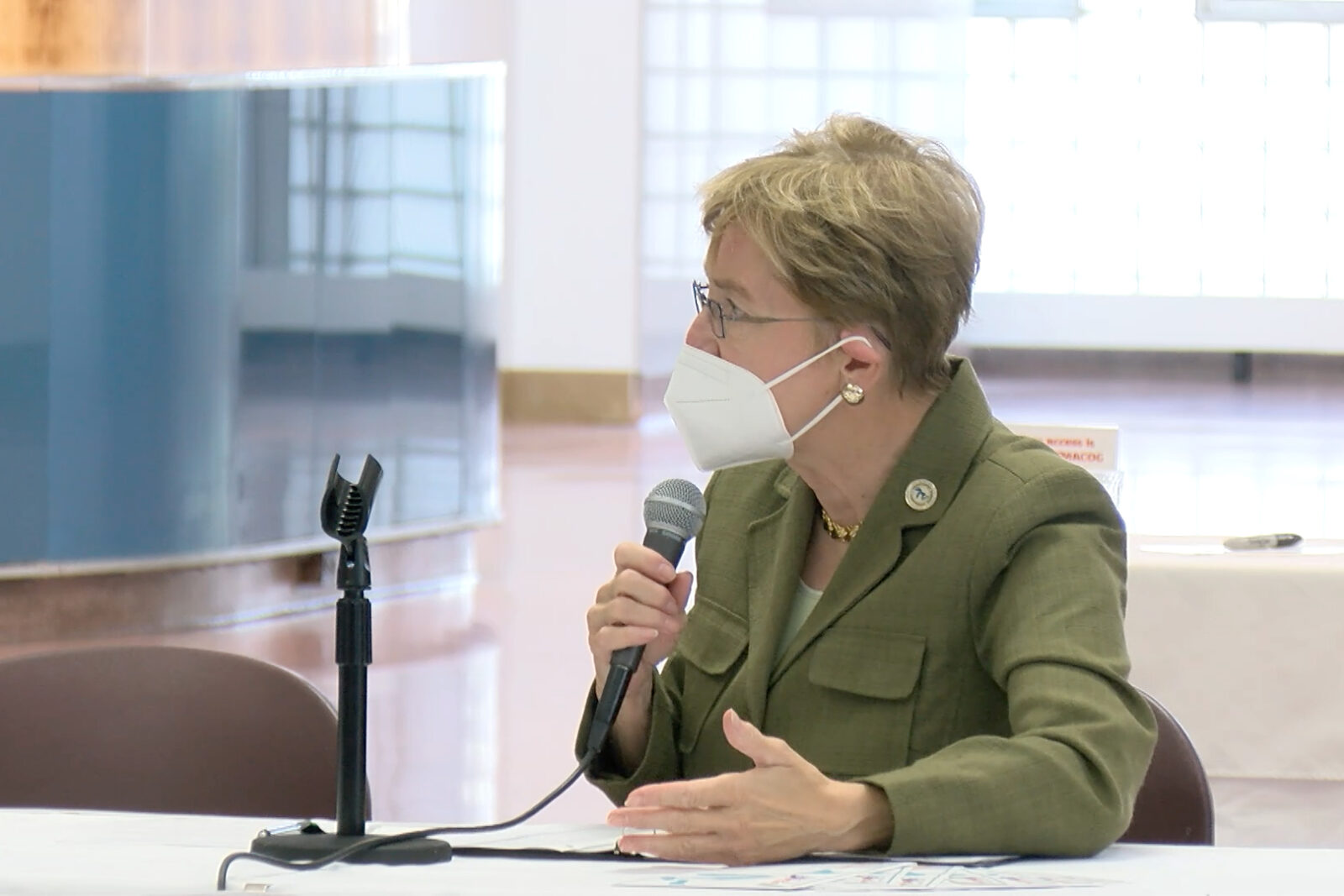Recent successes and opportunities ahead
Thank you so much to all of the members of the High Speed Rail Alliance. You are a valued and vital part of a growing movement that’s bringing fast, frequent, and affordable trains to towns and cities across America.
As you know, great trains are transformative. They build healthy and vibrant communities; give families and workers reliable options for getting where they need to be; help businesses attract more customers; and slash carbon emissions.
Those realities are breaking through and creating change. We’re close to a tipping point for train travel in America, and it’s urgent that we build on the momentum and get more trains running as soon as possible.
Very visible projects are gaining the public’s attention.
The launch of Brightline’s service from Orlando to Miami was the biggest news of the year. With hourly departures and spacious trains leaving from well-designed stations, it’s a world-class experience. By connecting two of the nation’s most popular tourist destinations, it gives Americans from all across the country a taste of what great, intercity regional rail can be. Hopefully, you can ride it soon. Please let us know if you would be interested in joining an organized trip to ride Brightline trains in 2024.
Brightline is using its success in Florida as a springboard for building the nation’s first 186-mph+ high-speed line. Brightline West is expected to be operational in time for the 2028 Olympics! We will soon know whether the Biden Administration provides the support needed to achieve this aggressive goal. The lesson? Partnerships between private companies and state governments are key to planning and launching projects—but the federal government’s role is indispensable to getting them done.

Brightline Florida is showing Americans the benefits of great inter-city regional rail.
Brightline West is also an excellent example of productive synergies between the public and private sectors. The line will initially link to Metrolink, LA’s commuter railroad. And, ultimately, it will link to California’s LA-San Francisco high-speed line—which the Governor and other state leaders recently reaffirmed their commitment to building. Big public-sector investments in trains incentivize big private-sector investments, and vice versa, which creates a virtuous cycle of increasing overall prosperity.
On that front, there’s more great news: Amtrak recently announced that it will partner with a private company on planning a high-speed line from Dallas to Houston.

Critical projects, like replacing the Susquehanna River Bridge, are moving forward.
And even more great news: Funding from the Bipartisan Infrastructure Law is starting to flow. Most recently, the Federal Railroad Administration funded a package of Northeast Corridor projects that have been in the pipeline for decades.
The three-part model for success in the Northeast Corridor—a federally-chartered coordinating entity (the Northeast Corridor Commission), a master plan, and political support from varied interests—is the blueprint for succeeding on a national scale.
As an Alliance member, you’re getting the word out about these great stories. And you’re helping policy makers at all levels understand how they can apply the insights to their own cities, states, and regions.
It’s not just about the big stuff.
You’re also helping highlight lots of important but under-the-radar stories and issues through blogs, webinars, and videos.
For example, an Alliance webinar recently explored how North Carolina—through judicious use of limited resources—is making steady progress toward a long-term plan to connect the entire state with an integrated network of regional trains and buses. The upshot? It’s among the handful of states best positioned to take advantage of federal rail funds, just as more federal funds are flowing. North Carolina has overcome the lack of federal coordination by forming a compact with Virginia to build regional rail that links their major cities to Washington, D.C., and New York.
We’ve spotlighted many similar stories and issues over the past year—like big thinking around trains and transit that’s now going on in Salt Lake City and Boston; the transformation of Normal, Ilinois around a train station; and the perplexing question of why train infrastructure costs are higher in the U.S. than nearly anywhere else in the world.
As a Chicago-based organization, we are of course especially interested in the growth and vibrancy of the core of America’s railroad network. Progress in the Midwest has deep and wide ripple-out effects. Building passenger-dedicated lines into and through Chicago, in particular, will have a direct impact on most of the country.
This summer, our members celebrated a big success when Illinois Governor Pritzker outlined his vision for giving people access to jobs, education, and markets by using trains to get not only downtown but to Chicago’s primary airport, O’Hare. We’re pleased to note that the vision Gov. Pritzker outlined was very reminiscent of our CrossRail Chicago proposal.
You helped publicize that vision through the production and recent release of a fun video that illustrates the benefits of CrossRail. On a related note: a soon-to-be-released report commissioned by the Alliance explores how three international airports used trains to enhance their bottom lines, by replacing inefficient, short-haul feeder flights with more valuable long-haul flights.
Virtually no one else is telling important stories like these.

In August, Gov. Pritzker outlined a vision very similar to CrossRail Chicago.
And we show up and make a difference in person, too. We’ve met with high-level officials in multiple states to help them understand the expectations they should have for their networks. For example, at a recent roundtable event in Toledo, Ohio, the host—Rep. Marcy Kaptur (D)—banged her fist on a table in frustration over the lack of a plan for bringing better train service to her district. Because we were there, we had a chance to engage with her in real time and sympathize with her frustrations. That created the foundation for the Alliance to partner with her on clearing the hurdles that have prevented the development of a rail plan for Northeast Ohio.
Great opportunities are on the horizon.
It may seem like the Bipartisan Infrastructure Law just passed, but this is the moment to set our sights on the next federal transportation reauthorization bill.
Every re-authorization since the Alliance was formed has gotten us closer to the network this country needs. The last three, in particular, delivered major progress. The High Speed and Intercity Rail Program Passenger Rail Program of 2008 helped North Carolina and other states build a stronger foundation. The Consolidated Rail Infrastructure and Safety Improvements Program, created in 2015, allowed the FRA to take a more comprehensive approach to the railroad network. In 2021, the Federal State Partnership for Intercity Passenger Rail included enough resources to get us to the tipping point—if states are aggressive about pursuing the opportunities.
The next round can be even bigger—but local leaders across the country must work together. As a member, you’re helping to provide the information, motivation, and tools that elected officials, civic leaders, and engaged advocates need to make the case. Their work will be critical in several states where pivotal projects are either underway or in the advanced planning stages—including California, Texas, Washington, North Carolina, and Virginia.
And, as noted, the Midwest is key to making the national network work, both physically and politically. The Chicago Hub is one of the best leverage points we have—which is why the recently created Illinois High Speed Railway Commission is so promising. It creates a forum and tool to persuade a prominent leader—Gov. Pritzker—to push for a truly federal program that can be implemented across states lines.
Fortunately, the Alliance is a member of the Illinois Commission, which means we have great opportunities to educate the commissioners and bring related agencies up to speed. You can have an immense impact simply by supporting our educational materials. They create a two-fer, because advocates all over the country will benefit from the materials we create for the Commission.
Toward the tipping point.
We’ve made steady progress over the past year. Now, it is time to accelerate the pace of progress and translate opportunities into action.
Informed and engaged advocates can push states beyond their comfort zones and persuade them to adopt bigger, bolder plans for their train projects—with an eye on building regional networks that will ultimately link into a national network.
This is not only possible. It’s happening right now. Because of you.
Thank you, again, for doing your part. I hope and trust you will continue with us on this exciting journey toward better travel—and better communities—in the year ahead.
Sincerely,
Richard Harnish
Executive Director

You are helping to support congressional champions, like Rep. Marcy Kaptur of Toledo, OH.
